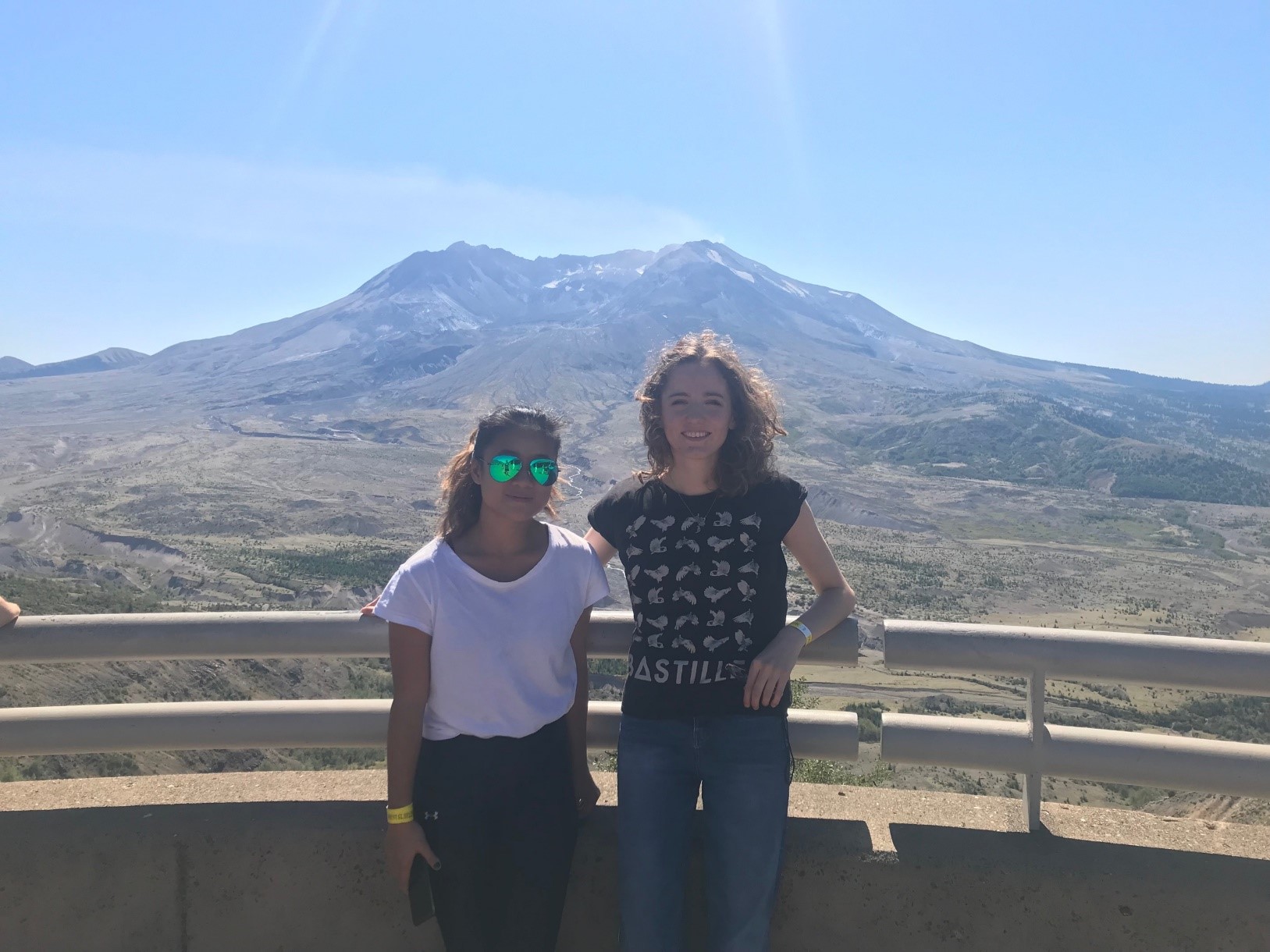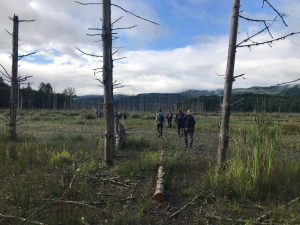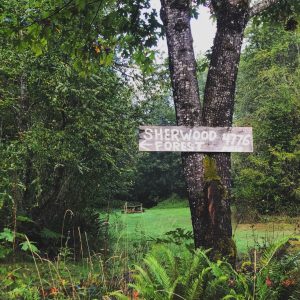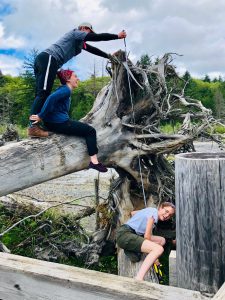
October 15, 2019, by lzzeb
Mt St. Helens Field-course 2019 Student Perspective
A blog by Charlotte Evans
The Mt St Helens 1980 eruption is a hard case-study to avoid as a Geography student. It tends to re-occur throughout GCSE and A-Level studies, and I have always been fascinated by it. When the opportunity presented itself to visit the volcano and study the surrounding landscape, I knew I wanted to go. It combined somewhere I’d always wanted to visit, with one of my favourite aspects of geography: rivers….and we’d been told that the food was quite good (spoiler: it was).
I left my quiet Yorkshire village bound for Heathrow Airport and, several trains, a ten-hour flight and an embarrassing number of cups of tea later, we landed in Portland, Oregon. We stopped in an inn for the first night, allowing us to become acclimatised to the new time zone and the surprising array of dessert pies (available in the traditional form or blended to milkshake form). The next day, we drove north to Washington State and descended upon Eco Park where we were greeted by Mark Smith, the owner. He had a thick American accent, an impressive moustache and a bandana tied around his neck for most of the day. We got to know Mark and his assistant James Bond (not the spy) quite well over out time at the eco-park and they made the time to help us with our coursework projects, clearly thankful for our interest in their landscape.
We were divided up between cabins and a yurt before jumping back into our mini-vans and driving through the clouds to Johnston Ridge. At first, gazing out the car windows on the expansive highways and miles of trees we were concerned it would be too cloudy to see the volcano. We needn’t have worried; eventually the clouds burnt off and the mountain appeared in the distance. Standing on the ridge and looking out at the volcano gave me a sense of perspective I think I’d lost. It was reinforced almost every day of the trip; the sheer power of nature to obliterate everything, and then, even in the face of destruction, to regenerate.
After a few days of fieldwork, our teams soon got into our rhythms of working. I developed a love-hate relationship with our total station, which we used to survey cross-sections on the floodplains of the North Fork Toutle River (NFTR). This was mainly due to the difficulty of wearing glasses and a peaked-hat which made looking through the lens seemingly impossible. In the end, I had to turn my hat backward like the fashion icon I am. The data we collected on the field trip built upon past UoN groups data as well as USGS data, contributing to current research and management efforts in the NFTR valley. Without sounding too nerdy, it’s something I would have dreamt doing about in my high-school geography class. Working in the shadows of Mt St Helens was incredible enough, but the fact that our work wasn’t just for our assignments and could be used in the academic world was a great aspect of the trip.
After almost a week of wonderful dinners and stories of Spirit Lake and the life and landscape before the 1980 eruption, it was time to say goodbye to the Eco Park. Teary-eyed, we moved onwards to Woodland, WA where we would be working with the team at Plas Newydd on their most recent ecology projects which included surveying a river side-channel and woody debris on their 1,625-acre farm. The sun reappeared after a few days of rain which, at first, was pleasant but soon descended into hot and bothered arguments. To cool off that evening, we went swimming in the confluence of the Lewis and Colombia rivers. All of the afternoon’s bickering was soon forgotten and replaced by BBQ food and water-side rounders.

Team photo. From left, Dr Liam Clark, Louise Bates, Alasdair Richardson, Isabelle Pola, myself and Sam Hayes. Photo by Hazel Wilson
On our final day of the trip, we had a few hours to wander around Portland, OR. It was one final opportunity to breathe in America before our ten-hour flight back to Heathrow. We walked the blocks, tasting the street food and posing for photographs with the American stars and stripes dancing in the background. A personal highlight was Powell’s city of books, a bookstore that seemingly never-ended, stretching from room to room, each one with books stacked floor to ceiling on wooden shelves so high you needed a ladder to reach the top. There was something strangely familiar about the city, even though I’d never been there before, and it was a highly enjoyable way to wrap up a wonderful trip.
The Mt St Helens field course was one of the best trips of my life. In fact, my friends and family are probably fed up of hearing about it by now. I’d always said I’d go to see Mt St Helens one day, but this trip has given me an experience of the Pacific North West I would have never gotten on my own. It even prompted me to change some of my final year modules and left me with an ambition to pursue physical geography as a career. Whoever said geography was just colouring in…

On the way to survey the engineered log jams. These are only tops of trees buried by mudflows as a result of the 1980 eruption. Photo: Charlotte Evans
To view the Mt St Helens field course blog from a staff perspective blog, please click here
No comments yet, fill out a comment to be the first





Leave a Reply